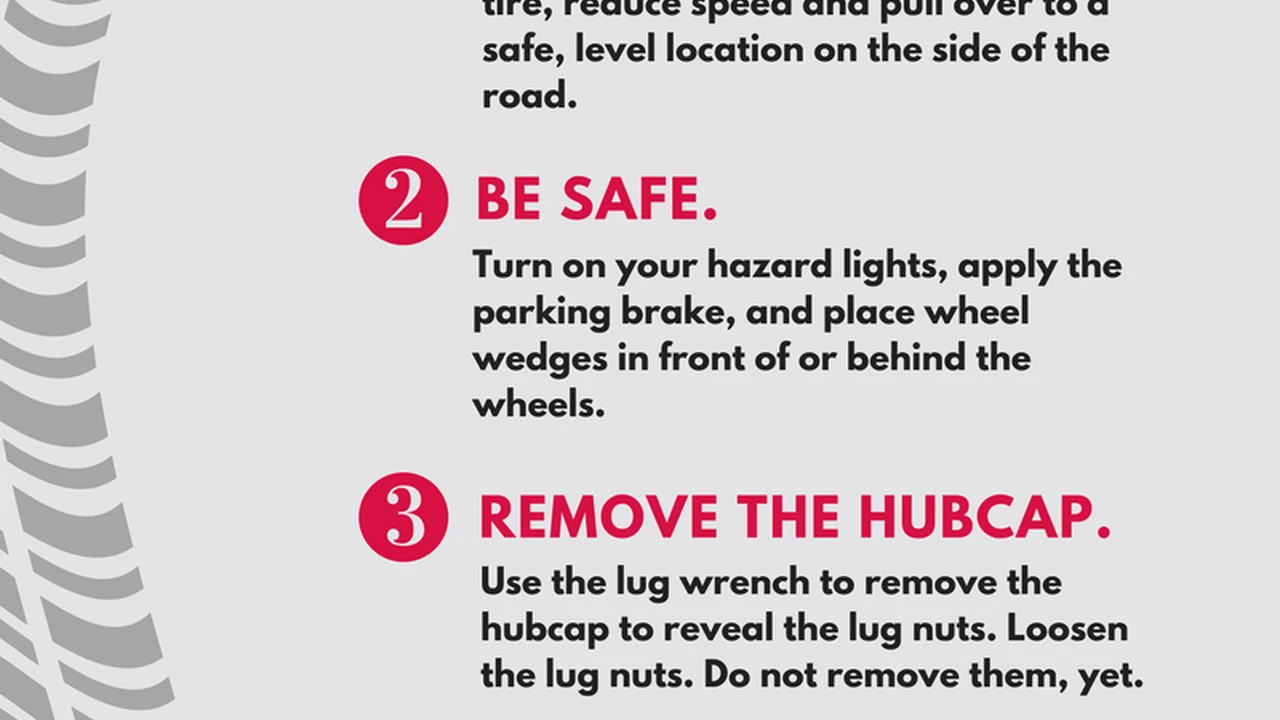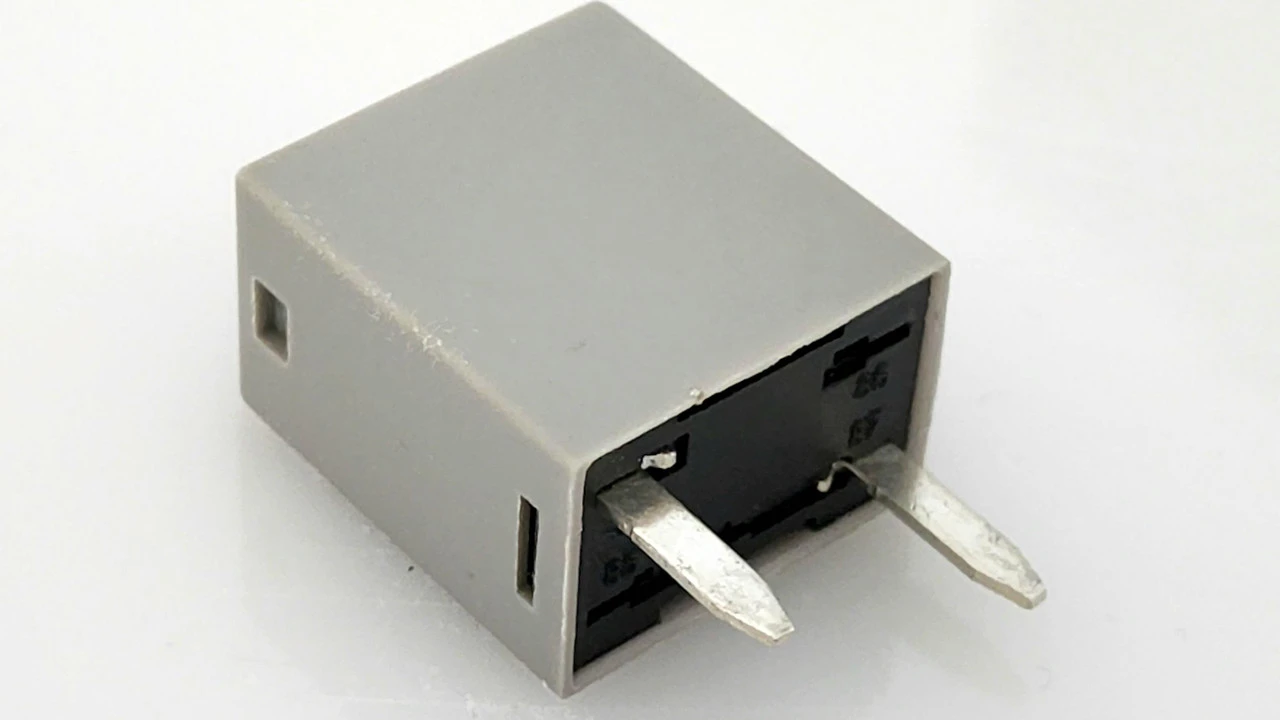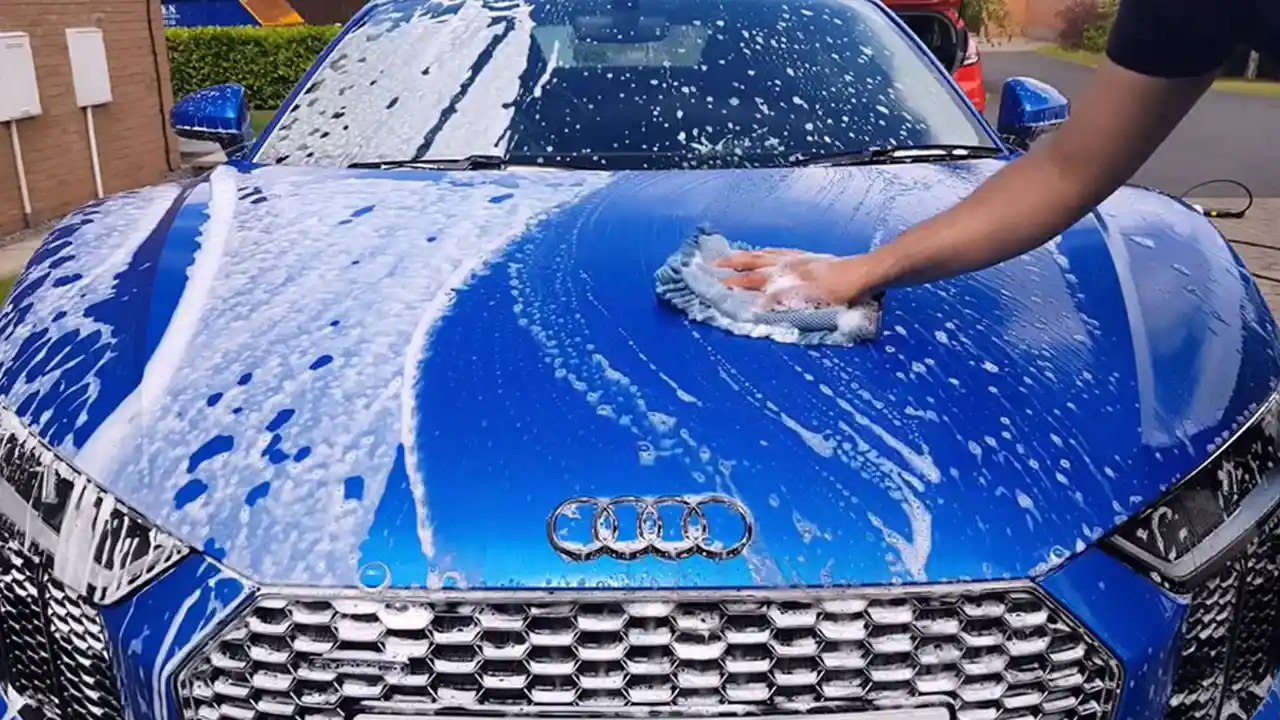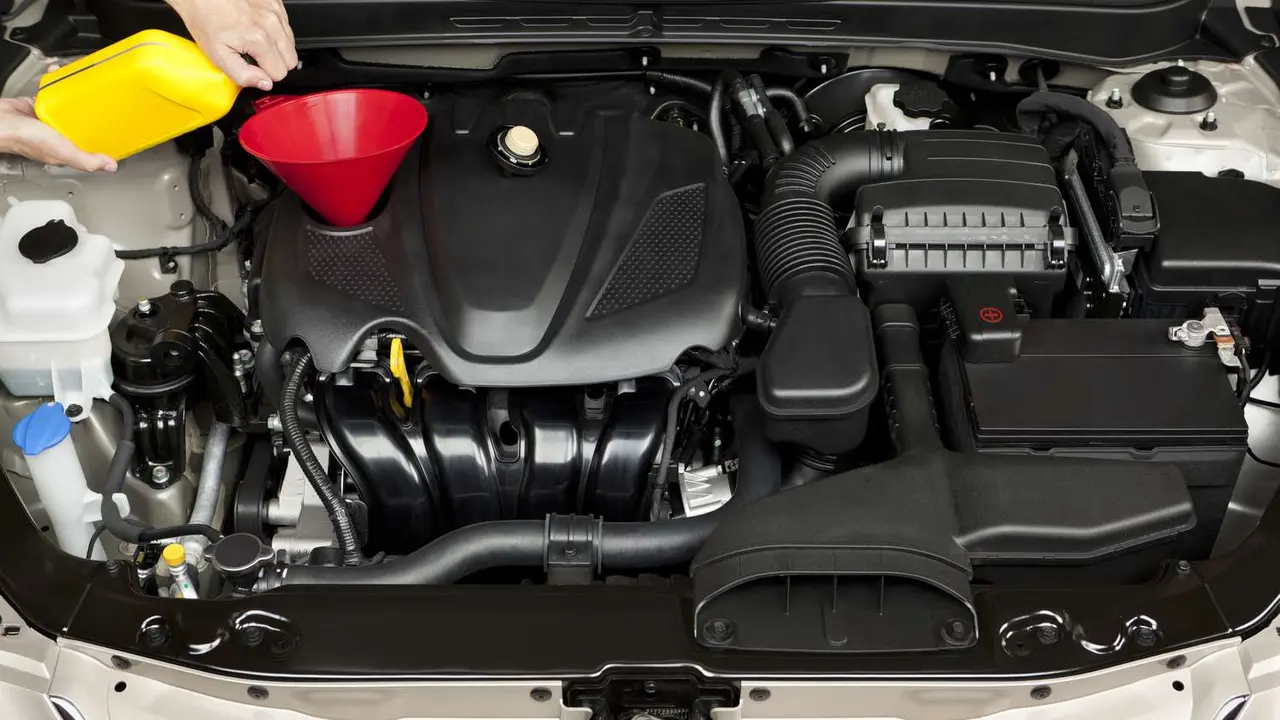How to Prepare Your Car for Winter Driving: Safety Tips
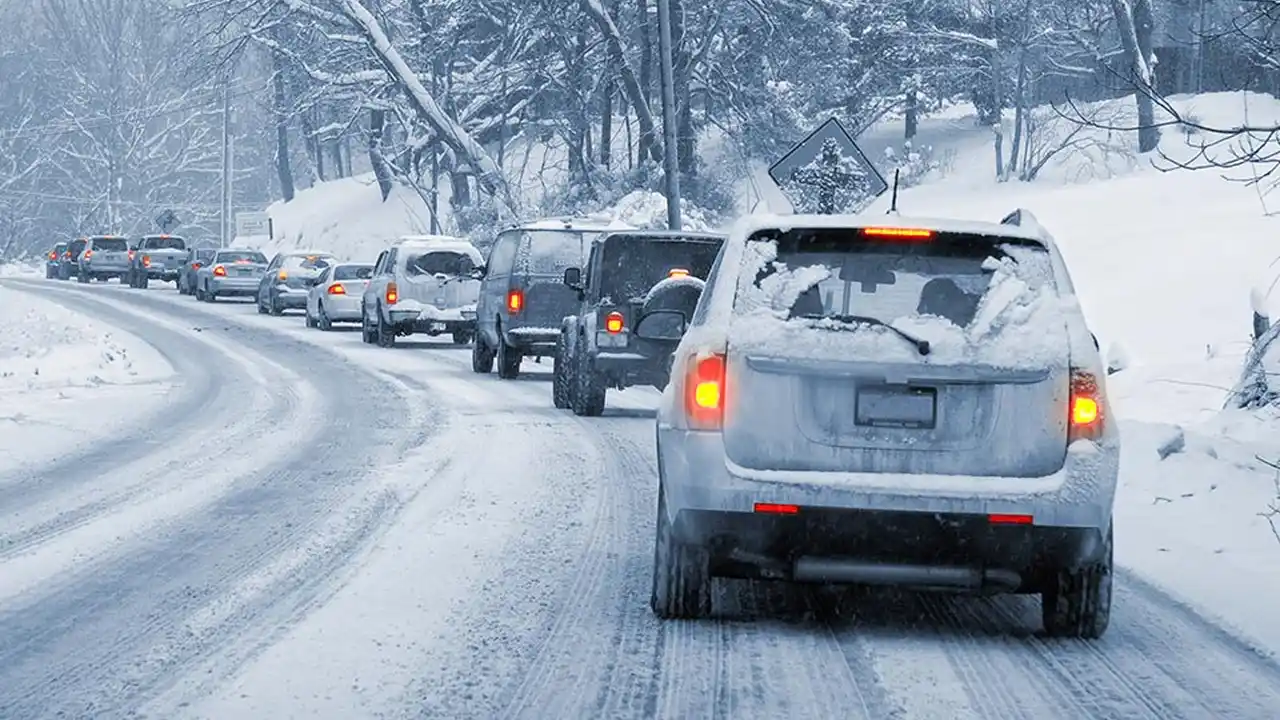
Understanding Winter Driving Challenges and the Importance of Preparation
Alright, winter's comin'! And if you're anything like me, you're probably dreading the thought of icy roads, snowstorms, and that general feeling of "will I make it home tonight?" But hey, don't panic! The key to surviving (and thriving) in winter driving conditions is preparation. We're talking about more than just throwing a scraper in your car. This is about making sure your vehicle is actually *ready* to handle whatever Mother Nature throws at it. Ignoring this can lead to accidents, breakdowns, and a whole lot of unnecessary stress. So, let's dive in and get your ride winter-ready!
Tires The Foundation of Winter Safety and Traction
First things first: your tires. These are your direct connection to the road, and in winter, that connection needs to be solid. Check your tire pressure regularly. Cold weather makes the air in your tires contract, which means your tires can become underinflated. Use a reliable tire pressure gauge (you can grab one at any auto parts store for around $10-$20). Look for the recommended PSI (pounds per square inch) on the sticker inside your driver's side door or in your owner's manual.
Now, about those tires themselves... If you live in an area with heavy snow and ice, seriously consider investing in winter tires (also known as snow tires). These tires have a special rubber compound that stays flexible in cold temperatures, and they have a tread pattern designed to grip snow and ice. Winter tires can significantly improve your braking and handling in winter conditions. A set of four winter tires can range from $400 to $1200, depending on the size and brand. Brands like Bridgestone Blizzak, Michelin X-Ice Snow, and Pirelli Winter Sottozero 3 are popular choices. Consider the General AltiMAX Arctic 12 as a more budget-friendly option. Winter tires should be installed on all four wheels to maintain balanced handling.
If you're not ready to commit to winter tires, make sure your all-season tires have plenty of tread. Use the penny test: insert a penny upside down into the tread groove. If you can see the top of Lincoln's head, your tread is too low, and you need new tires. Good all-season tires will cost around $100 - $300 each. Consider brands like Michelin CrossClimate2 or Continental TrueContact Tour. These tires offer a good balance of performance in various conditions, including light snow.
Battery Health Ensuring a Reliable Start in Cold Weather
Cold weather is brutal on car batteries. Have your battery tested before winter hits. Most auto parts stores will do this for free. A weak battery can leave you stranded in the cold. If your battery is more than three years old, it might be time to replace it. A new car battery can range from $100 to $300. Optima Batteries (like the RedTop or YellowTop) are known for their reliability, although more expensive. DieHard and Interstate are also reputable brands. Consider the battery's CCA (Cold Cranking Amps) rating; the higher the CCA, the better it will perform in cold weather. Also, cleaning the battery terminals with a wire brush and applying a terminal protector can prevent corrosion and ensure a good connection.
Fluid Levels The Lifeline of Your Vehicle in Winter
Check all your fluid levels: oil, coolant, brake fluid, power steering fluid, and windshield washer fluid. Make sure they're at the proper levels. Use a coolant that's rated for the temperatures in your area. And don't skimp on the windshield washer fluid! You'll be using it a lot to clear road grime and salt. Consider using a winter-specific windshield washer fluid that's formulated to melt ice and prevent refreezing. Rain-X De-Icer Windshield Washer Fluid is a popular choice.
For oil, consider using a slightly thinner viscosity oil in winter, especially if you live in a very cold climate. Consult your owner's manual for the recommended oil viscosity for cold weather. Using a slightly thinner oil can help your engine start easier in cold temperatures. Full synthetic oils like Mobil 1 and Castrol Edge are known for their cold-weather performance and provide better protection than conventional oils. An oil change will typically cost between $50 and $150, depending on the type of oil and the service provider.
Brakes Inspecting and Maintaining Stopping Power
Your brakes are crucial year-round, but especially in winter. Have your brakes inspected to make sure they're in good working order. Check the brake pads for wear and tear. If they're getting thin, replace them. Also, check the brake lines for any leaks or damage. Brake pad replacement can cost between $100 and $300 per axle. Consider ceramic brake pads for improved performance and reduced brake dust. Brands like Akebono and Bosch offer high-quality brake pads. If you notice any unusual noises or vibrations when braking, have your brakes inspected by a mechanic immediately.
Lights Ensuring Visibility in Reduced Conditions
Make sure all your lights are working: headlights, taillights, brake lights, and turn signals. Winter often brings reduced visibility, so it's important to be seen. Clean your headlights regularly to remove dirt and grime. Consider upgrading to brighter headlights if your current ones are dim. LED headlight bulbs are a popular upgrade, offering brighter and longer-lasting performance compared to halogen bulbs. Brands like Philips and Sylvania offer LED headlight conversion kits. Ensure that the LED bulbs you choose are DOT-approved and compatible with your vehicle. Headlight restoration kits can also help to improve the clarity of your headlights if they are cloudy or yellowed.
Windshield Wipers and Washer Fluid Maintaining a Clear View
Replace your windshield wipers if they're streaking or not cleaning the windshield effectively. Use winter-specific wiper blades that are designed to withstand snow and ice. These blades have a rubber boot that protects the blade from ice buildup. Bosch Icon and Rain-X Latitude wiper blades are popular choices for winter. Also, make sure your windshield washer fluid reservoir is full and that you're using a winter-specific fluid that won't freeze.
Emergency Kit Your Winter Survival Pack
Prepare an emergency kit for your car. This should include things like a flashlight, jumper cables, a first-aid kit, a blanket, a shovel, sand or kitty litter (for traction), a cell phone charger, snacks, and water. A good emergency kit can be a lifesaver if you get stranded in the cold. Pre-assembled emergency kits are available for around $50-$100, but you can also create your own to customize it to your specific needs. Consider adding a multi-tool, duct tape, and a whistle to your kit. Also, make sure your emergency kit is easily accessible in your car, even if it's buried under snow.
Specific Product Recommendations and Comparisons
Winter Tires:
- Bridgestone Blizzak LM-60: Excellent ice and snow traction, good handling. Price: $150-$300 per tire.
- Michelin X-Ice Snow: Long-lasting, quiet ride, excellent snow performance. Price: $180-$350 per tire.
- Pirelli Winter Sottozero 3: Performance winter tire, good for sporty cars, excellent dry and wet handling. Price: $200-$400 per tire.
- General AltiMAX Arctic 12: Budget-friendly option, good snow traction, decent ice performance. Price: $100-$200 per tire.
Battery Chargers/Jump Starters:
- NOCO Boost Plus GB40: Portable jump starter, can jump start up to 20 times on a single charge. Price: $99.
- Schumacher SC1281: Battery charger and maintainer, can charge various types of batteries. Price: $79.
- STANLEY J5C09: Jump starter with air compressor, useful for inflating tires. Price: $69.
Windshield Wiper Blades:
- Bosch Icon: Beam blade design, excellent wiping performance, long-lasting. Price: $20-$30 per blade.
- Rain-X Latitude: Water-repelling coating, smooth and quiet operation. Price: $15-$25 per blade.
- Michelin Stealth Ultra: Hybrid blade design, good all-weather performance. Price: $12-$20 per blade.
Driving Techniques Adjusting to Winter Road Conditions
Okay, so you've prepped your car. Now, let's talk about driving. Slow down! This is the most important thing you can do. Increase your following distance, and be extra cautious when braking, turning, and accelerating. Avoid sudden movements, which can cause your car to lose traction. If you start to skid, don't panic. Gently steer in the direction of the skid, and avoid hitting the brakes hard. Practice these techniques in a safe, controlled environment (like an empty parking lot) before you need them on the road.
Staying Informed Checking Weather and Road Conditions
Before you hit the road, check the weather forecast and road conditions. Avoid driving in severe weather if possible. If you must drive, let someone know your route and estimated time of arrival. And always carry a fully charged cell phone in case of an emergency. Apps like Weather Underground and local news apps can provide real-time weather updates and road conditions. Many states also have websites or apps that provide information on road closures and traffic incidents.
Final Thoughts Staying Safe and Prepared This Winter
Winter driving can be challenging, but with a little preparation and caution, you can stay safe on the road. Take the time to get your car ready, adjust your driving habits, and stay informed about weather and road conditions. Drive safe out there!
:max_bytes(150000):strip_icc()/277019-baked-pork-chops-with-cream-of-mushroom-soup-DDMFS-beauty-4x3-BG-7505-5762b731cf30447d9cbbbbbf387beafa.jpg)



